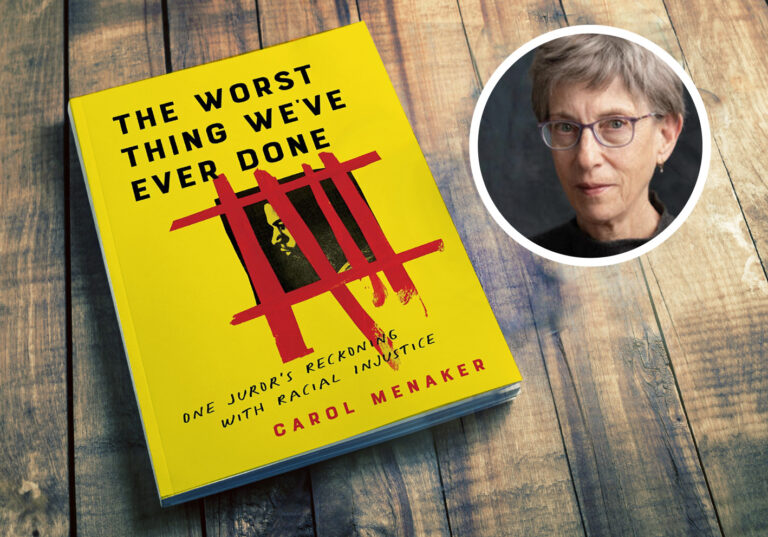DID YOU KNOW? There’s a movement gaining ground to legislate compassionate releases for aging prisoners who have been in prison for 15 years. Pennsylvania’s prison population has been shaped by some of the harshest sentencing policies in the country. According to FAMM, a national nonpartisan advocacy organization that seeks to create a more fair and effective justice system, these extreme sentencing practices have created a large (and growing) elderly prison population, which increased thirtyfold from 1979 to 2019. The PA Department of Corrections is spending $220 million per year to incarcerate 3,892 people who have already served at least 20 years.
This isn’t just a problem in Pennsylvania. The ACLU’s 2012 report At America’s Expense: The Mass Incarceration of the Elderly shares that prisoners across the country are also getting older and experiencing all the same ailments that afflict those of the same age who are not behind bars. Our extreme sentencing policies and a growing number of life sentences, the report continues, have effectively turned many of our correctional facilities into veritable nursing homes.
According to FAMM, while nearly every state and the District of Columbia have some form of compassionate release, these programs are rarely used. Compassionate release is one of three main components of FAMM’s Second Chances Agenda, which calls on state and federal lawmakers to pass “second look” laws to expand compassionate release for inmates over 50 years old who are very ill or medically vulnerable.
“The system is broken, but it only has to stay that way if we choose to do nothing,” says Menaker. “Change is inevitable when we speak up about what is wrong and demand that those who create and uphold the law do better. If we don’t do our part, who will?”
- All National Registry data reported in this paper are as of August 8, 2022, when the Registry listed 3,200 individual exonerations. Information about any individual exonerations we discuss may be found by searching for the exonerees by name on the Registry website.
- United States Census Bureau, QuickFacts, 2021




